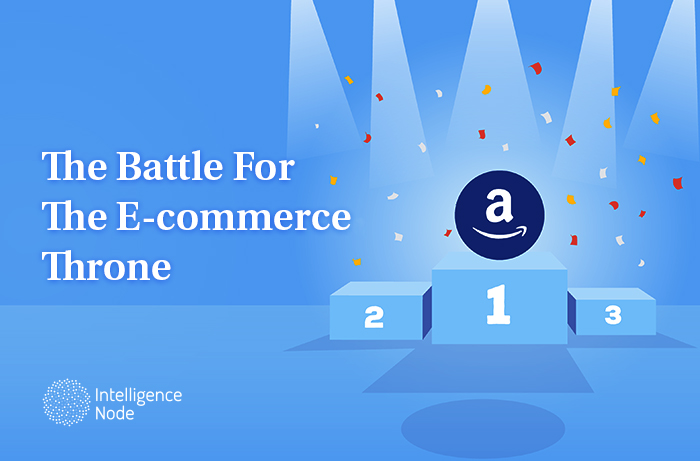People can be extremely picky about prices. Most American consumers are looking for the highest quality item for the lowest price. This can make things challenging for those hoping to make a profit in return for providing the product. The treasured secret to a successful business is having the right system to price products properly. With the right price, you can make all of the money you put into the business back and then nurture the company as it grows.
Yet, if you set up a faulty strategy, everything could quickly go right down the drain. Knowing the right strategy to use involves your knowledge of your product, who your customer base is, and what your competitors are up to. You have a good amount of research ahead of you, but it will pay off in the end. The more you know about the market you’re in, the better you will be at climbing to the top and staying there. The key is to not be too hasty and make sure you consider each part of your strategy carefully.
Assess Your Costs
First, you have to know what is coming out of your pocket and why. Continue to check what your expenses are and if all of them are completely necessary. Most products and services will include:
- materials
- labor
- rental space
- repairs and renovations
- storage, packaging, and transporting
- insurance
- outsourced services
- utilities
- patent royalties
- sales and marketing
After you have figured out how much all of this is going to cost you, you need to factor it into your profit. This will determine just how much you need to markup the price in order to make any money back. Businesses tend to fail because they don’t factor in all of their expenses and end up underpricing their product.
A good way to organize your expenses is to make a spreadsheet of all of your costs and add everything together at the end of each month. This will give you a good idea of the gross revenues you will need to make so you can pay yourself as well as your employees.
Who Are You Selling To?
In order to know who your customers are you will need to research your market. People often do this by conducting surveys or hiring a marketing research firm to analyze demographics and what they tend to buy. If this is not in your budget, zero in on who will be likely to use your product the most. Determine what class these types usually belong in, what can they afford, etc.
Setting Your Price
Deciding your price is more than just coming up with the number that will make you money. You have to determine the value of the product as well. An example of the steps that will lead you to a good number is:
- Define the materials used to make the product.
- Add in the extra expenses you included in the list of your costs.
- Factor in how much time and labor you put in and what you should be making back for your work.
- Set a goal. Breaking even maybe a good place to start and then you can reassess once you have seen how your product sells. If you are just starting up it will take some time before you can make up for all of the money you put into it. Now your main goal is to make all of it back and ensure that those who are buying the product are satisfied. The best way to grow your business is guaranteeing that your customer is happy so they will spread the word and keep the product moving.
Knowing When to Raise or Lower The Price
You can test new prices monthly by making new offers and new combinations of benefits. Test them out and determine how much sales go up or down when you do so. If you do not raise your prices your business cannot thrive. The markup should be a small percentage, nothing too noticeable or alarming to consumers. Remember to tread lightly and know this is a work in progress.
If you have to lower prices it’s not the end of the world. When you do it, however, make sure it is by way of offering discounts and special offers so it isn’t obvious that you are struggling. Listen to your customers, keep a close eye on your competitors, and make adjustments as they are needed. This is your money, it can never hurt to be too careful.





